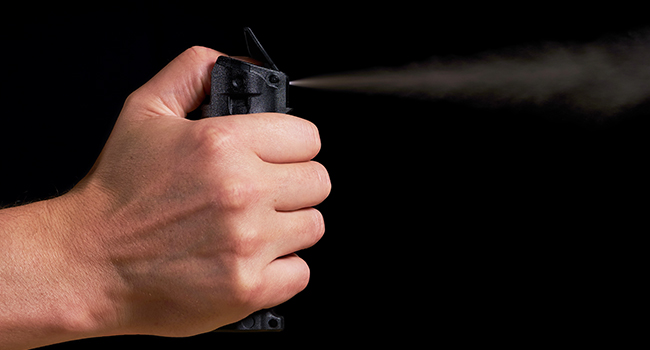
Woman Charged After Releasing Bear Spray Inside of University of Pittsburgh Building
A suspect was charged with risking catastrophe and simple assault after releasing bear spray inside a University of Pittsburgh building on Monday, sickening six people.
- By Jessica Davis
- May 22, 2019
According to University of Pittsburgh police, a woman released bear spray—a kind of pepper spray designed to ward off bear attacks—inside of a building at the University of Pittsburgh building on Monday, sickening six people.
The suspect, who is not affiliated with the university, was charged with risking catastrophe and simple assault, according to police. Police believe she went into the Eureka Building at the university at about 12:40 p.m. Monday and released one can of bear spray before abruptly leaving.
According to a criminal complaint, those inside the building began to experience symptoms of pepper spray exposure, including difficulty breathing. The building was evacuated and six people were treated by Pittsburgh EMS at the scene.
Officers used surveillance video and canvassing to track down the suspect, who was carrying two 8-ounce cans of Grizzly Tough Bear Spray Counter Spray, police said. One empty can was hidden in her jacket and the other was still in its original packaging in the suspect’s backpack.
The suspect told police she usually carried bear spray but said it sometimes goes off accidentally, saying that she may have bumped it. However, she did not have any bear spray on her clothing or backpack, officers said.
The suspect was charged with six counts of simple assault, risking catastrophe and possessing a prohibited weapon.
About the Author
Jessica Davis is the Associate Content Editor for 1105 Media.